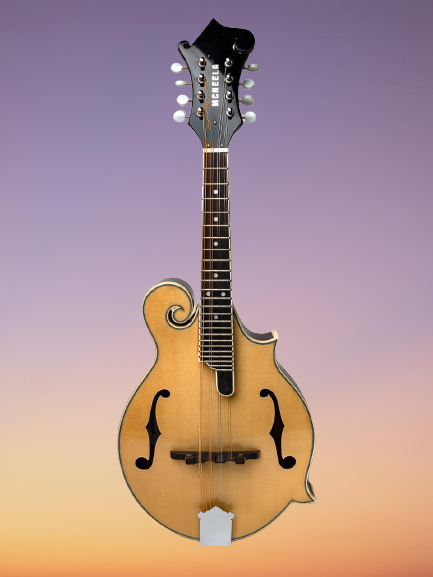Which Mandolin is Right For You?
Whether you’re looking for a new mandolin or looking for a mandolin for sale, there are plenty of options available out there. There are many types of mandolins, including acoustic, electric, and even guitar-style mandolins. But which one is right for you?
Acoustic
You can choose from a wide range of mandolins for sale, whether you’re looking to buy a mandolin to play acoustically and/or add one to your existing collection. Some of the most popular types include Flatiron mandolins, F-style mandolins, and round-backed mandolins. Every type is unique and a great choice for beginners.
Flatiron mandolins, acoustic octave mandolins, are well-known for their pleasant tone. These mandolins are made in Bozeman Montana. They’re known for being durable. They are also known for surprising volume.
F-style mandolins have a scroll at the top bout. They are often associated with bluegrass music. The Moonbird F-style mandolin is crafted from maple and spruce. It features a rosewood fingerboard and is easy to play.
The Eastman Electric Mandolin is an 8-string mandolin with a high-quality sound. It is designed by master luthier Otto D’Ambrosio and features a signature El Rey contoured cutaway. It is available in a variety of finishes, including ebony, black, red, and natural.
Electric
There are many electric mandolins available for purchase, whether you need a professional instrument or a fun toy. These mandolins can be plugged in and unplugged to allow for maximum versatility.
There are three main builds: a round-backed, carved top, and a flat-backed mandolin. The difference in construction can alter the sound of the instrument.
Epiphone MM-30S A-style mandolin has a mahogany frame and an antique sunburst finish. It’s an easy way to start your journey into the world of electric mandolins. It’s also built by one of the world’s most renowned guitar makers, Kevin Parsons. His customers include Gregg Allman, Brad Paisley, and David Wilcox.
Ron Oates’ Rono electric 5-string baritone mandolin is made in Boulder, Colorado. The mandolin features a curly maple top and a chambered Alder body. It also has a hardtail bridge that can be individually adjusted with saddles. Tone controls are included. This instrument is designed to be tuned for GDAEB.
The Lindy Fralin “Big Single Mini” pickup has been upgraded. It features a warm, fat tone with clarity and signal strength. The pickguard is multi-layered and enhances the tone of the mandolin.
Pentaula
Among the many baubles on display at your local musical instrument retailer, the pentaula is a tad under appreciated. In fact, the average joe is unaware that it is a multi-stringed, acoustically pleasing instrument. Thankfully, it does not require a lifetime of practice to master the nuances of the art. Hence, a brief visit to your local musical instrument store is just the ticket. While you are learning the secrets of the above elixir make sure to take some lessons about how to properly care for your precious possession. You will hopefully be able make the most out of your purchase, and walk away with a happy smile. Afterward, you will be able to put that free cash to better use. So, make your next visit a memorable one. Hopefully, you will get to play in style! Of course, there are plenty of other places to put your free cash.
Gibson
The Gibson Company introduced the mandolin in the 1900s. The mandolin was designed for classical music. Mandolins were made from wood with an engraved body. Headstock features a pointed top and a scroll-like headstock scroll at the bottom of the headstock.
Gibson mandolins were produced from 1909 to 1940. In the early years, the company experimented with several model designs. The company attempted to market the midline model in the 1930s. Some models featured little saddle inserts to compensate.
Around the beginning of the 20th century, Gibson’s “F” model was created. The Gibson “F” model is the most popular mandolin today. The body is larger and has a more rounded neck. The scroll at the top of its headstock is smaller. It has a thick white ring around its soundhole.
The Gibson “F” model is often referred to as the best mandolin ever made. It is available in many different finishes. The most common finish is a birch finish, but other finishes include a black, red or brown sunburst finish. The mandolin also has an adjustable ebony bridge, a pearl button tuner, a Virzi Tone Producer and a pearl nut.
